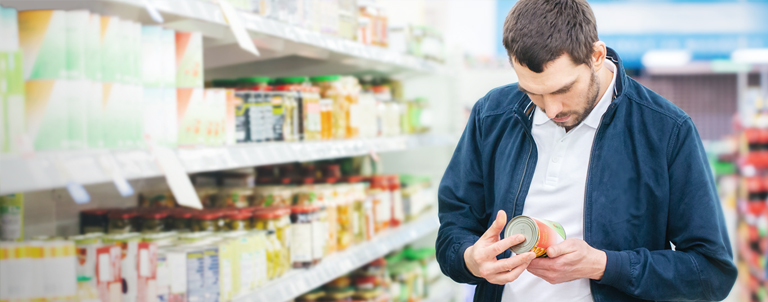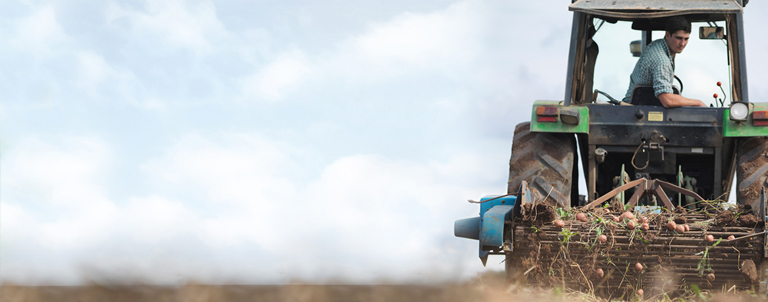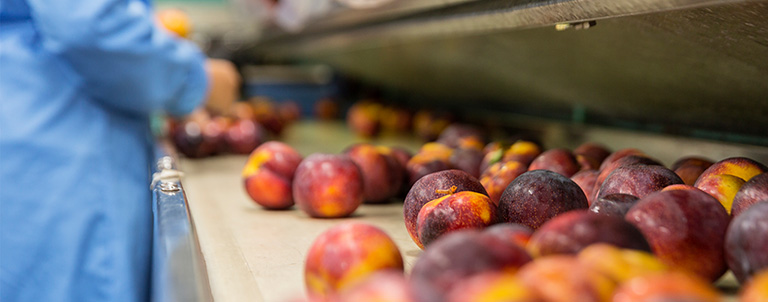
Running a more efficient food network
Inefficiency in the food system is a pervasive problem worldwide, made more apparent by the COVID-19 crisis, which stressed the global supply chain.1 With so many participants, there are endless opportunities to lose efficiency and profits. Inefficiencies negatively affect consumer pricing, the carbon footprint, food waste and expected freshness. According to the United Nations, 1.4 billion tons of perishable food is wasted due to inefficiencies found with the food supply chain.2
What’s standing in the way of driving new food chain efficiencies?
Legacy supply chains slow companies down
Though some large retailers are deploying new technologies like blockchain3 to create automated and intelligent supply chains, most companies are bogged down in manual paper-based processes that make it difficult and time-consuming to identify issues and manage inventory.
Slow adoption of digital supply chain tools keeps companies in the dark
Even though visibility and transparency will be key to their success over the next 10 years4, companies have been slow to adopt digital tools that could enable better supply and demand matching and identify waste hot spots.
Poor coordination across the food chain network creates waste
Irregularities in the global food system make hand-offs far from seamless. Enabling a system that tracks product loss, waste and expiration dates could save USD 150 billion annually5 in food waste.
Blockchain for the food system
A shared digital food supply chain powered by blockchain helps supply chain players better collaborate with each other to operate more efficiently and adapt to change.



IBM Food Trust creates a secure, shared and permissioned record of transactions. This enables unprecedented visibility during each step of the food supply chain, so you can achieve new levels of trust and transparency, making food safer and smarter from farm to fork.
Boost efficiency with IBM Food Trust
IBM Food Trust consists of different modules designed to help participants in the food system — producers, suppliers, manufacturers, distributors, and retailers — to make their supply chains more efficient.

Leveraging blockchain and IoT technology, the Insights capabilities module can provide unprecedented supply chain visibility to help identify and address inefficiencies.
With the Trace module, food system members can securely and transparently trace the location and status of food products on the supply chain.
Additionally, with the Documents module, users can prove sustainability and provenance with ease by securely managing certificates throughout the entire supply chain.



















